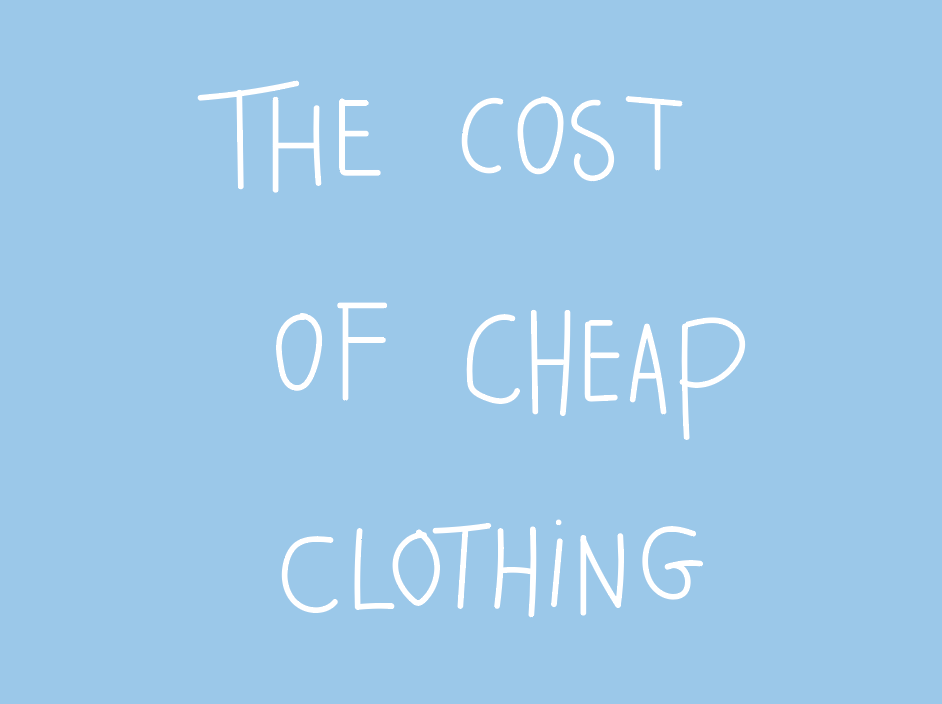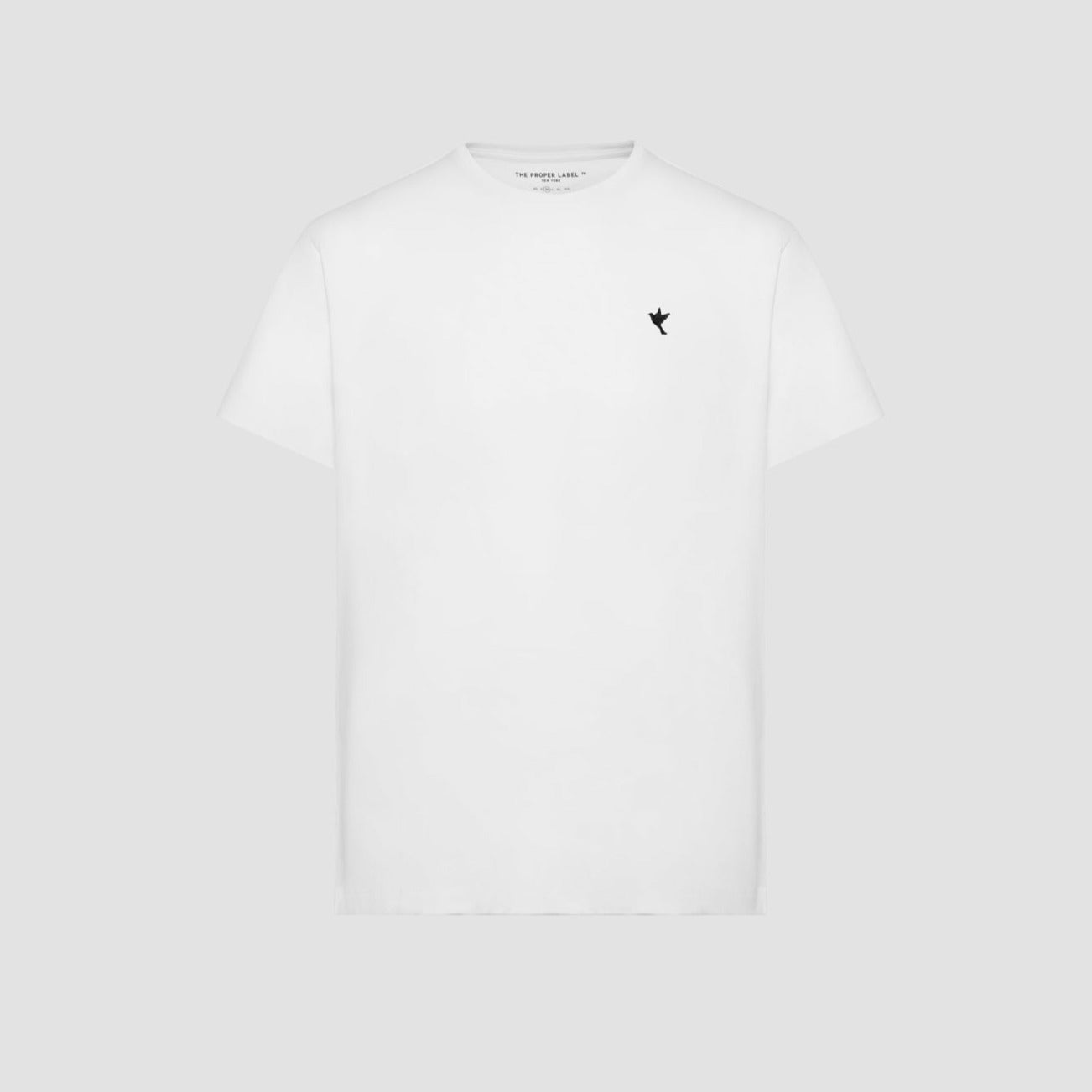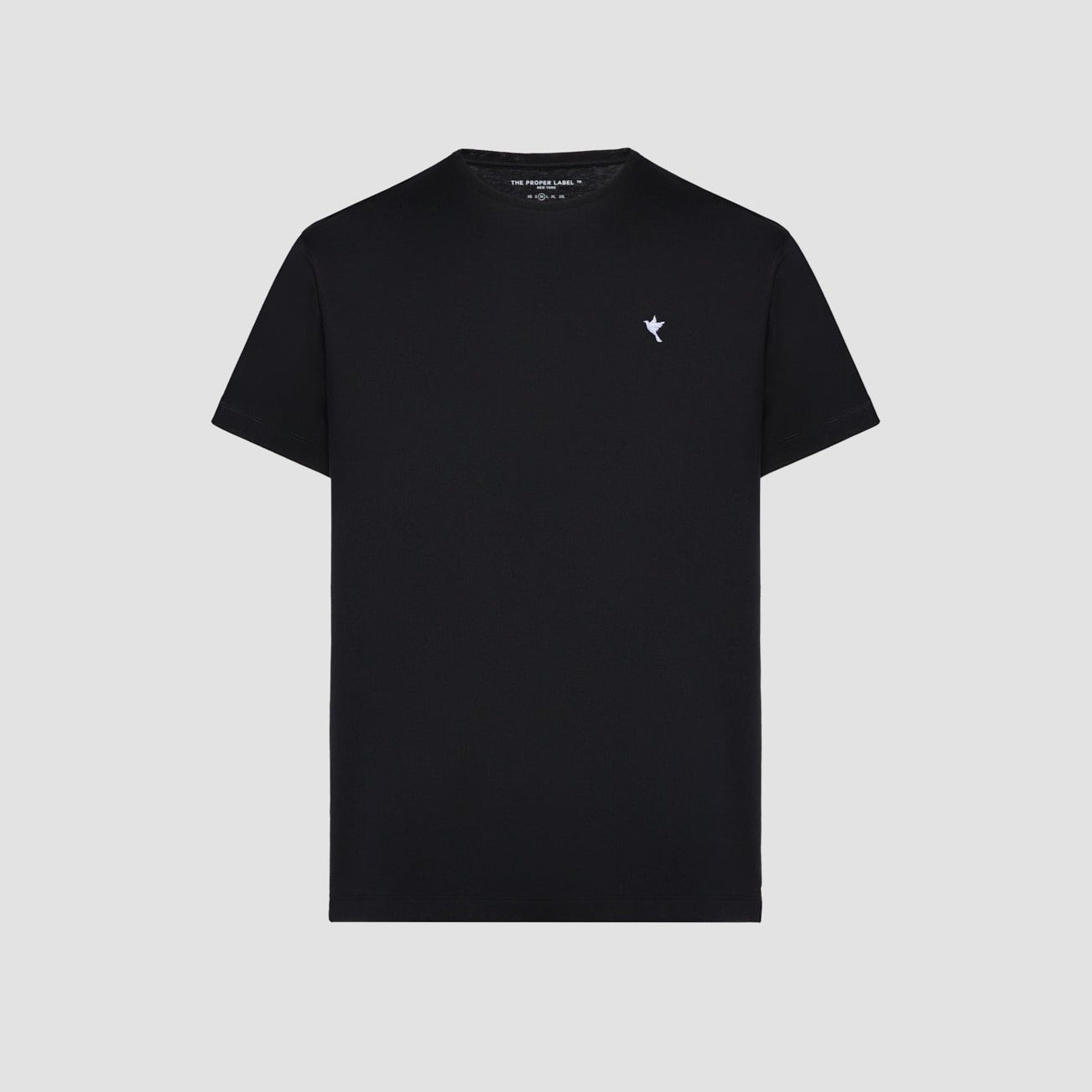Sustainability was last year’s buzzword, and every industry was taking notice of the changing consumer habits that reflected an interest in durable, eco-friendly and ethical products. Consumers seemed to be fed up with fast-fashion culture in particular; Lyst, a fashion search platform, reported they’ve seen a 66% increase in searches for sustainable fashion since 2018, and traffic to luxury resale products increased by 329% in the last year alone.
As much as many of us would like to see a greener, less wasteful fashion industry, it’s not going to be an overnight-change. Much has already been done: major brands such as Saint Laurent recently rejecting the constant cycle of fashion shows; ADIDAS and others creating innovative products out of waste materials; and those who could do more being held to account. But the problems are rooted deep, and only education and time will help in some cases.
One of the biggest challenges lies with consumers. For years now our reality has been Boohoo sales every day, throwing away outfits Instagram has seen once, and paying next to nothing for the latest trends. Fashion has become synonymous with cheap, but buying sustainably will come with a higher cost that consumers will have to swallow if they want lasting change.
But we can no longer support such a throw-away culture - both economically, creatively, environmentally and socially. Saint Laurent was just the latest in a long line to criticise the idea of constant shows and collections from designers: fashion week “still perpetuates the bigger problem of overproduction and conspicuous consumption” according to critics, and the “burn out” of mass-produced creativity is causing huge pressure on designers. Speaking of consumption, it’s estimated that £1.1million tonnes of clothing was bought in the UK in 2016 - an increase of almost 200,000 tonnes since 2012.
When you buy cheap clothing, the price is paid by the environment and garment workers further down the supply chain. In order to create sustainably, designers must pay workers a fair wage, make sure they have safe working conditions, use organic materials, produce less garments to ensure less waste, and keep down emissions - which drastically raises the price of even basic items like t-shirts. Unfortunately, it’s hard to choose the ethical options when you can get a bikini for £1 elsewhere.
However, there are definitely benefits to paying more for your clothes, other than those mentioned. For one, you’ll find yourself replacing clothes less - better materials means better durability, plus the feeling of quality hand-crafted materials is so addicting you won’t want to throw anything away. You’ll also find yourself refining and slowly improving your wardrobe with pieces you love, since it’ll no longer cost £5 to buy into a 5-minute-trend you were unsure of in the first place. Finally, when you shop with smaller brands compared to mass producing companies, you’re more likely to get one-off, unique pieces that say something about your style.
The benefits of investing in sustainability definitely outweigh the costs, but the main message here is to stop buying so many cheap clothes - and watch how life improves.



![The Proper Tank Top ™ [Black Dove Embroidery] - The Proper Label ™](http://theproperlabel.us/cdn/shop/products/the-proper-tank-top-black-dove-embroidery-988325.jpg?crop=center&height=1433&v=1707436228&width=1303)
![The Proper Tank Top ™ [Black Dove Embroidery] - The Proper Label ®](http://theproperlabel.us/cdn/shop/products/the-proper-tank-top-black-dove-embroidery-373941.jpg?crop=center&height=1433&v=1707436338&width=1303)
![The Proper Tank Top ™ [White Dove Embroidery] - The Proper Label ™](http://theproperlabel.us/cdn/shop/products/the-proper-tank-top-white-dove-embroidery-693713.jpg?crop=center&height=1433&v=1707436149&width=1303)
![The Proper Tank Top ™ [White Dove Embroidery] - The Proper Label ®](http://theproperlabel.us/cdn/shop/products/the-proper-tank-top-white-dove-embroidery-431658.jpg?crop=center&height=1433&v=1707436392&width=1303)

![The Proper Tee Shirt ™ [Black Dove Embroidery] - The Proper Label ®](http://theproperlabel.us/cdn/shop/products/the-proper-tee-shirt-black-dove-embroidery-809675.jpg?crop=center&height=1433&v=1707430682&width=1303)

![The Proper Tee Shirt ™ [White Dove Embroidery] - The Proper Label ®](http://theproperlabel.us/cdn/shop/products/the-proper-tee-shirt-white-dove-embroidery-601925.jpg?crop=center&height=1433&v=1707430540&width=1303)
![The Proper Tee Shirt ™ [Black Proper. Embroidery] - The Proper Label ™](http://theproperlabel.us/cdn/shop/products/the-proper-tee-shirt-black-proper-embroidery-410129.jpg?crop=center&height=1432&v=1707430803&width=1302)
![The Proper Tee Shirt ™ [Black Proper. Embroidery] - The Proper Label ®](http://theproperlabel.us/cdn/shop/products/the-proper-tee-shirt-black-proper-embroidery-714561.jpg?crop=center&height=1433&v=1707430817&width=1303)
![The Proper Tee Shirt ™ Black [White Proper. Embroidery] - The Proper Label ™](http://theproperlabel.us/cdn/shop/products/the-proper-tee-shirt-black-white-proper-embroidery-505678.jpg?crop=center&height=1432&v=1707430908&width=1302)
![The Proper Tee Shirt ™ Black [White Proper. Embroidery] - The Proper Label ®](http://theproperlabel.us/cdn/shop/products/the-proper-tee-shirt-black-white-proper-embroidery-967946.jpg?crop=center&height=1433&v=1707430926&width=1303)
![The Proper Tee Shirt ™ Classic [No Logo] - The Proper Label ®](http://theproperlabel.us/cdn/shop/products/the-proper-tee-shirt-classic-no-logo-326406.jpg?crop=center&height=1432&v=1707423973&width=1302)
![The Proper Tee Shirt ™ Classic [No Logo] - The Proper Label ®](http://theproperlabel.us/cdn/shop/products/the-proper-tee-shirt-classic-no-logo-879475.jpg?crop=center&height=1432&v=1707424026&width=1302)
![The Proper Tee Shirt ™ Classic [No Logo] - The Proper Label ®](http://theproperlabel.us/cdn/shop/products/the-proper-tee-shirt-classic-no-logo-603222.jpg?crop=center&height=1432&v=1707423861&width=1302)
![The Proper Tee Shirt ™ Classic [No Logo] - The Proper Label ®](http://theproperlabel.us/cdn/shop/products/the-proper-tee-shirt-classic-no-logo-243880.jpg?crop=center&height=1432&v=1707423914&width=1302)

